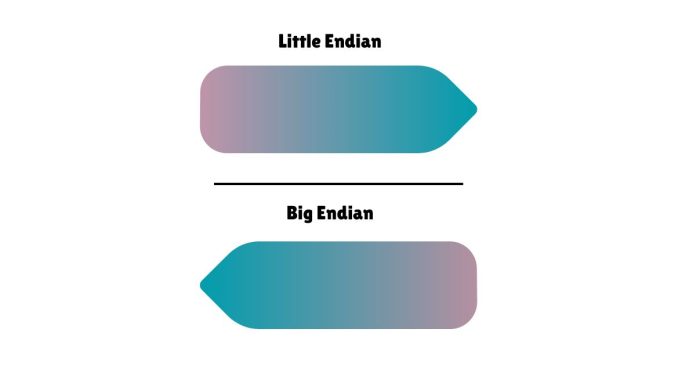To convert data between Little Endian and Big Endian formats, you need to reverse the byte order of the data. Endianness defines how multi-byte data types (like integers) are stored in memory:
- Little Endian: The least significant byte (LSB) is stored first.
- Big Endian: The most significant byte (MSB) is stored first.
Conceptual Steps:
- Understand the Input Format:
- Identify the byte sequence to convert.
- Ensure you know its size (e.g., 16-bit, 32-bit, etc.).
- Reverse the Byte Order:
- Split the input data into individual bytes.
- Reverse the sequence of bytes.
- Output the Data:
- Assemble the reversed bytes into the desired format.
Example Workflow:
- For a 32-bit integer represented as 4 bytes:
[0x12, 0x34, 0x56, 0x78]:- Little Endian stores it as:
0x78 0x56 0x34 0x12. - Big Endian stores it as:
0x12 0x34 0x56 0x78.
- Little Endian stores it as:
To convert:
- Reverse the order from
[0x78, 0x56, 0x34, 0x12]to[0x12, 0x34, 0x56, 0x78].
Notes:
- Use built-in utilities or functions (in languages like Python, C, or Java) to automate byte-order conversions when dealing with binary data.
- Ensure you know the endianness of the system you’re working on if you’re performing conversions manually.


